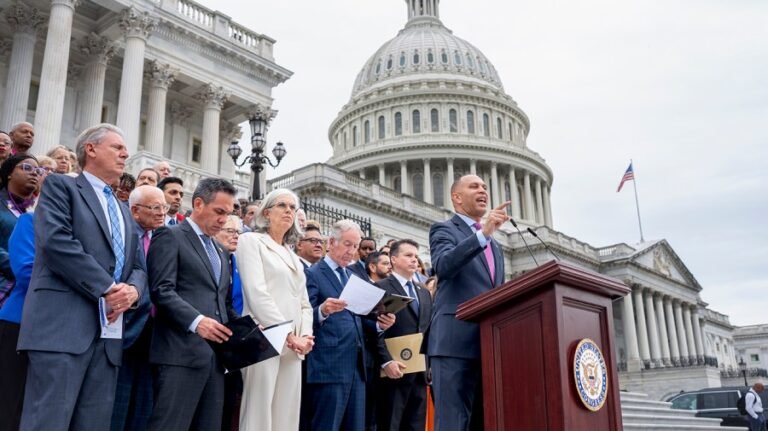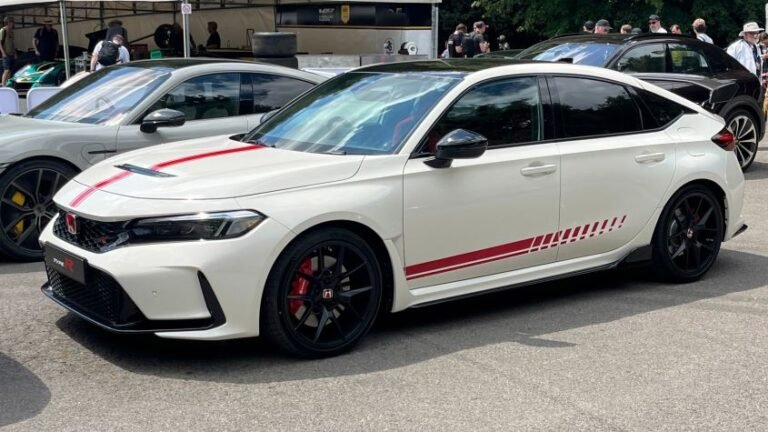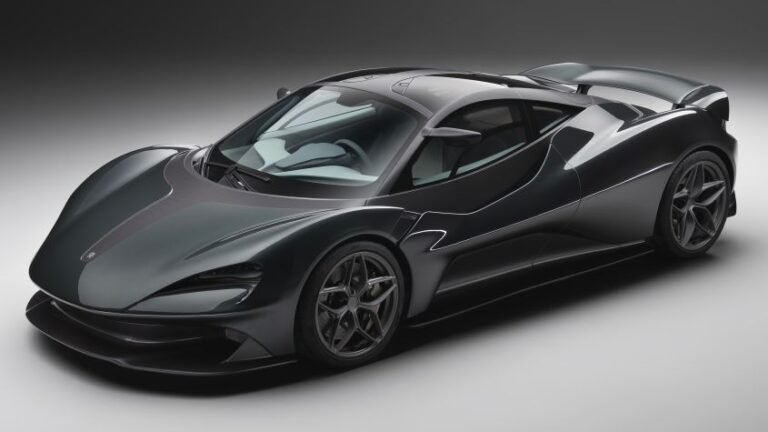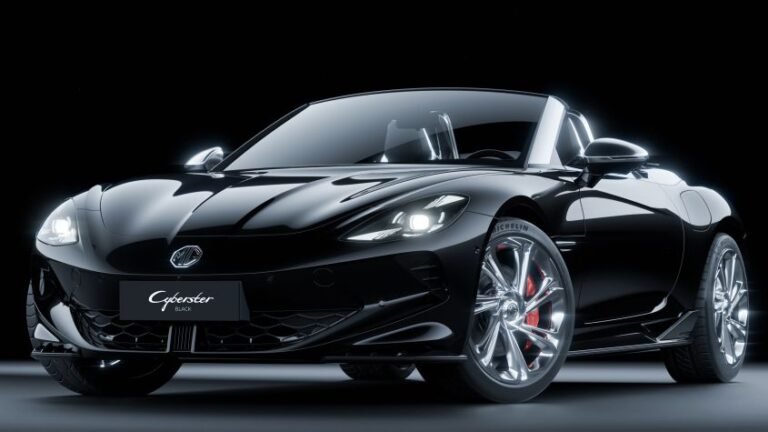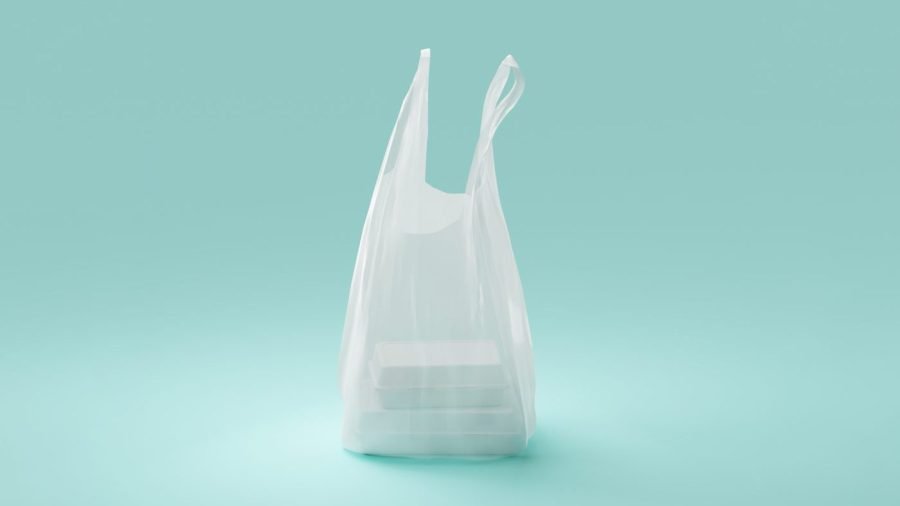
On the day I had planned a classroom debate on plastics, I found myself following a car with a bumper sticker that read “Ban Plastics.” As the car pulled onto campus, I decided to follow and invite the occupant to join the debate.
When I reached the car, a student had just gotten out. She was wearing a polyester parka. In her left hand was a plastic coffee mug and in her right was her cell phone.
I got her attention from a respectful distance, but she turned down my invitation. I asked her if she knew that the typical car contains about 400 pounds of plastic. She didn’t, so I didn’t comment on the plush toy cat attached to the rear window with plastic suction cups.
I did add that the bumper sticker was probably made from plastic. “Yes,” she said, “but you have to start somewhere.”
My class debates required students to examine both sides. Yes, plastics have negatives: Some are made from harsh chemicals, many are petroleum products, some are difficult to recycle or reuse (say wind turbine blades or solar panels) and much litter seems to be plastic. However, what’s relevant is not that they have negatives, but rather how the plastic versions compare with alternatives.
Litter is predominantly plastic, yes, but that’s because the things people tend to litter are predominantly made of plastics. When I was growing up, litter was mostly paper wrappers, glass bottles and metal containers.
Plastic packaging is lighter, stronger, easier to process and less expensive than the paper and cellulose products it replaced. Remember chocolate candy bars enclosed in aluminum foil, covered with a paper sheath?
Plastic bottles are superior to glass, coated paper and metal in almost every situation. Not worrying about glass shards from broken bottles is a big deal. Bottles made from polyethylene terephthalate for water (thin) or soda (thicker) are more economical to produce. A different technology takes high-density polyethylene and converts it to milk bottles. All plastic bottles weigh far less than glass, saving significantly on transportation costs.
When one of my classes debated shopping bags, I was the one amazed at how large an advantage the plastic ones (also known as T-shirt bags) had over the competition. Paper bags require trees, have their own environmental production issues and are surprisingly more expensive to produce. Multi-use bags are more expensive and often wear out before the additional cost is justified. It’s not just the cost per bag. The racks you see plastic shopping bags in at the store are part of a system that also saves on labor costs, allowing a checkout line to move faster.
Plastic straws may be “evil,” but they’re the ones I want while enjoying a drink at a restaurant. I really don’t want the feeling of either wilting paper or stainless steel as I drink. I know I’m not capable of cleaning a stainless-steel straw properly. On one hike during the pandemic, I saw more littered masks than I’ve seen littered straws in all my years of hiking.
The next time you are in your living room, kitchen, bedroom, doctor’s office or car, look around. Plastics in the form of fiber, film and foam are everywhere.
Generally, the plastics are being used because they are fundamentally better than the alternatives. Plastics can be blow-molded into bottles just as glass can. They can be extruded into pipes and other shapes. They can be injection-molded into complex shapes. Some can be converted into fibers and fabrics. Thermoforming can be used to make Solo cups or full-sized boats. The varieties are endless.
This doesn’t mean I think plastics are always the best option. In my opinion, chopsticks should be made of wood. Plastic mailboxes don’t look right. Building blocks for toddlers should be wood with letters, numbers and fanciful designs decorating the sides. Lincoln Logs and Tinkertoys should be wood, but plastics work best for Lego sets.
It’s nice to have variety and flexibility.
Mitch Zimmer was an industry consultant specializing in plastics and chemicals. He coauthored eight editions of “Thermoplastic Concentrates in North America.”
